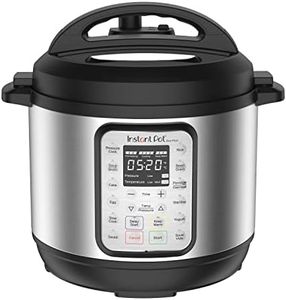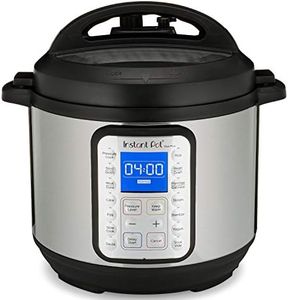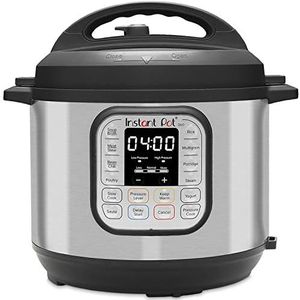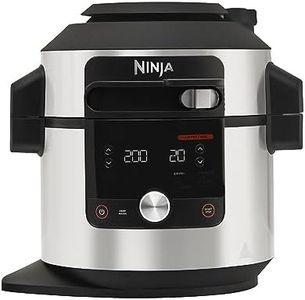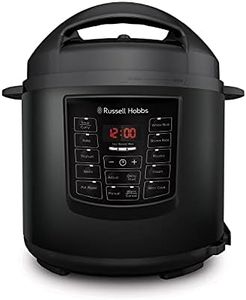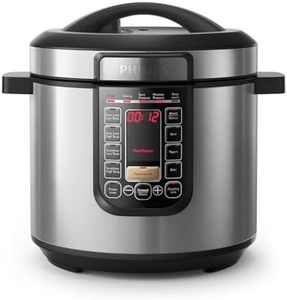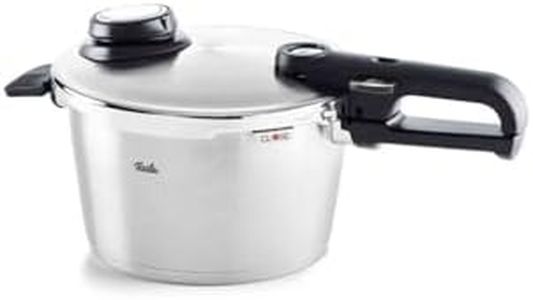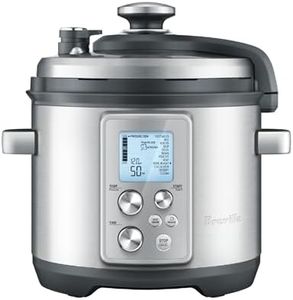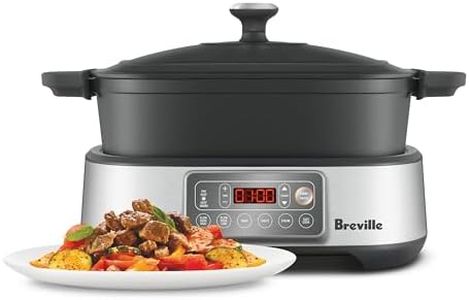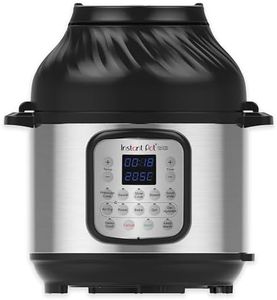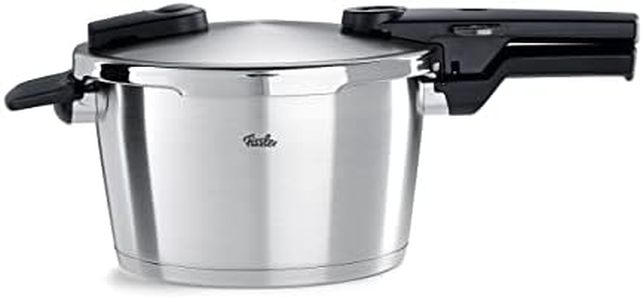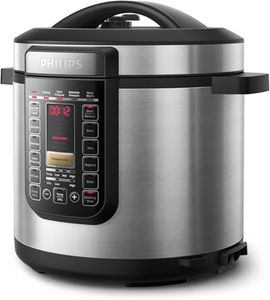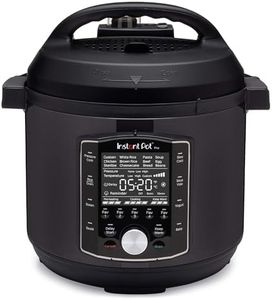We Use CookiesWe use cookies to enhance the security, performance,
functionality and for analytical and promotional activities. By continuing to browse this site you
are agreeing to our privacy policy
10 Best Pressure Cookers
From leading brands and best sellers available on the web.By clicking on a link to a third party's website, log data is shared with that third party.
Buying Guide for the Best Pressure Cookers
Choosing the right pressure cooker can make your cooking much faster and more convenient, whether you're preparing soups, stews, or rice. It's important to think about how you plan to use the cooker—whether for daily meals, big family dinners, or occasional meal prep. The goal is to pick a model that fits your kitchen space, matches your cooking habits, and feels safe and easy for you to use.Capacity (Volume)Capacity refers to how much food the pressure cooker can hold, usually measured in liters or quarts. This is important because it determines how much you can cook at once. Smaller sizes (3–4 liters/quarts) are good for singles or couples making small meal portions, medium sizes (5–6 liters/quarts) work well for families of 3–5, and larger ones (7 liters/quarts and above) are best for bigger families or batch cooking. Choose based on the number of people you typically cook for and whether you like doing leftovers or meal prep.
Material (Stainless Steel vs. Aluminum)Pressure cookers are made mainly from stainless steel or aluminum. Stainless steel is heavier, more durable, and does not react with acidic foods, making it a long-lasting choice. Aluminum is lighter and usually heats more quickly but is less durable and can stain or pit over time. If you want something durable and easy to clean, go for stainless steel; if you prefer something lightweight for easy handling and occasional use, aluminum may suit you.
Type (Stovetop vs. Electric)There are two main types of pressure cookers: stovetop and electric. Stovetop cookers generally heat up and cook faster, and you control the heat using your stove. Electric ones have digital controls, timers, and preset cooking programs, making them easier for beginners but sometimes slower. If you enjoy hands-on control and faster cooking, a stovetop model is best; if you like set-it-and-forget-it convenience and extra functions, try an electric one.
Safety FeaturesSafety features are built into pressure cookers to prevent accidents from steam and high pressure. Look for pressure indicators, locking lids, and pressure release valves. Modern cookers often come with several layers of protection, which can make them easier and safer to use, especially for beginners or families with kids. Prioritize safety if you’re new to pressure cooking or want extra peace of mind in your kitchen.
Ease of CleaningCleaning a pressure cooker can be simple or tricky, depending on the design. Some cookers have parts that are dishwasher safe, removable gaskets, or nonstick interiors. If you prefer easy cleanup and less hassle, pick a model with a removable inner pot, smooth surfaces, and dishwasher-safe parts. If you don't mind hand washing or want a basic design, a traditional model may work fine.
